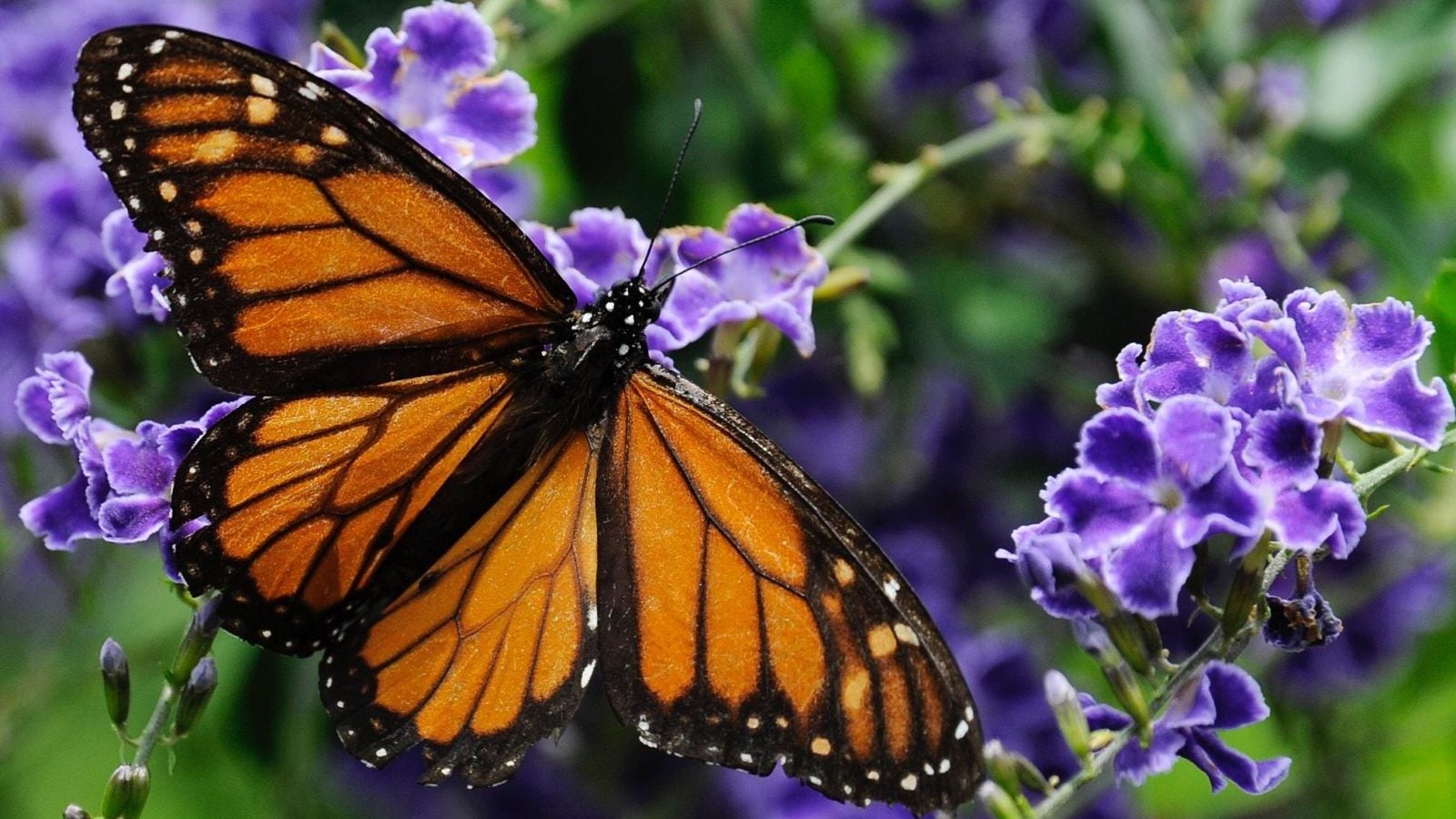The professional world is full of copycats who are mimicking successful people
Former National Football League executive Michael Lombardi made a fascinating comment on an NFL podcast recently on differentiating between a mimic and the real thing:


Former National Football League executive Michael Lombardi made a fascinating comment on an NFL podcast recently on differentiating between a mimic and the real thing:
“There’s two kinds of snakes you come across. There’s the Texas Coral Snake, and the Mexican Milk Snake, and they both look exactly alike. The Texas Coral Snake is dangerous, it’s venomous, it can kill you in a minute. The Mexican Milk Snake can’t do anything to you; it’s an impostor.”
With Lombardi’s lead, we dug a little further. It turns out there are a host of coral snake mimics in the natural world, all designed to look exactly as fierce as the true bad guys. Why are they so similar? It’s an evolutionary defense called Batesian mimicry.
In the 1850s, the naturalist Henry Walter Bates found a set of butterflies that were definitely not the same species, but whose wings looked almost the same. Bates figured out what was going on. Some butterflies, the “models,” were toxic to potential predators and were therefore relatively protected. There had also developed a “mimic” population of butterflies that weren’t toxic at all, yet still went untouched.
This is a wonderful mental model to apply to the human world we all deal with. Copycats are very convincing “mimics” of the true champions. They dress the part, the talk the talk, and they know what buttons to push. But in the end, they are merely chauffeurs.
In fact, there is a very Batesian effect at play in life: Bates decided that the more menacing the “model,” the easier things were for the “mimic.” It works this way in life too: the more impressive the “model,” the more effective its mimics can be in convincing people they are impressive as well, and in all the same ways. But for every Warren Buffett or Steve Jobs, there have been many “future” Buffetts and Jobses who failed to live up to their promise. (Copying is one reason Berkshire Hathaway vice chairman Charlie Munger thinks that the fundamental algorithm of life is “Repeat what works.”)
In the real world, who can best tell the difference between a coral snake and its mimic? It’s the coral snake itself. The real thing knows a fake, which means you’re bound to get found out eventually. So if you’re trying to make it in a field, seek out the people you trust who really know a given area, and find a way to evaluate track records over talk and details over generalizations.
It’s not just ideas about predators and prey, but niches, competition, co-evolutionary arms races and a whole host of others that give us massive insight into the human world. I think it’s worth taking the time to work on learning all the big ideas you can find, not just the ones you want to learn. Studying the big ideas of biology, physics, and human history is essential in business. My friend Peter Kaufman likens this approach to buying an index fund where you automatically own Facebook and Google on their way to stardom. By studying everything and cultivating insatiable curiosity, you’ll find a host of big winners you didn’t even know existed.
A version of this article originally appeared on Farnam Street — a website dedicated to making better decisions, avoiding stupidity, and learning. If you want to work smarter and not harder, subscribe to The Brain Food Newsletter. You can follow Shane on Twitter and Facebook.